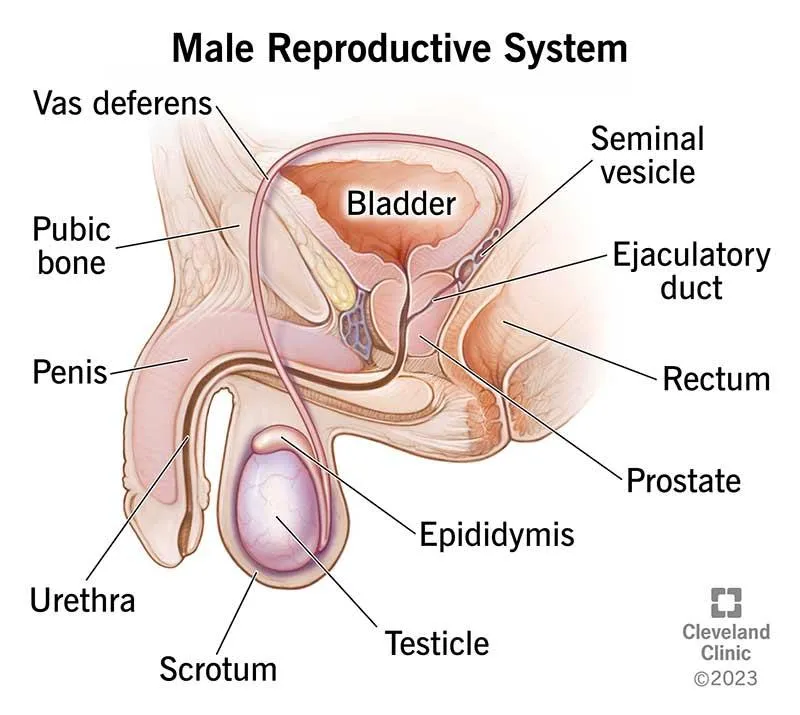
Ultrasound Monitorig
for Your IVF Cycle
For IVF monitoring cycles that are out-of-state of your location
To schedule an appointment
Please Call True Health Acupuncture at 702-475-0870
You can also book online on the True Health Acupuncture website.
1535 W Warm Springs, Ste 135
Henderson, Nevada 89014
Testimonials

Michelle A.
My name is Michelle Aukerman. And I just have to say that Joyce at True Health Acupuncture is probably the best ultrasound technician I have ever had in my life and I’ve been through several. She’s very personal and talks through everything and if something goes wrong, she says OK how do we make this right? What’s the next step we need to take? You don’t hear that from any other ultrasound tech, they're so jaded. The comfort environment at True Health Acupuncture is unmatchable. It does not feel like a doctor's office and everybody is so warm but when it comes to Joyce, she is completely unmatched. It’s like having your own mother right there with you. I highly highly recommend her.
Thank you, the Aukerman’s
This is the second pregnancy that I came to Joyce for my outside monitoring. I have been very nervous about the whole process, but Joyce guided me through each and every ultrasound. Although the monitoring went smoothly, upon achieving pregnancy I developed some bleeding. Of course, I panicked. Joyce explained everything that was going on with my bleeding and helped me through this anxious time. I don’t know what I would have done without Joyce’s calm demeanor. And the added bonus is having acupuncture treatment right there at True Health Acupuncture, the office Joyce works out of. I will always be truly thankful for the amazing experience that I received from both Joyce and True Health to be a part of my fertility journey.

Sara P.
Joyce is an exceptional individual who made a significant impact during my IVF journey. I had the privilege of meeting her when I needed support, and she was able to perform ultrasounds when our IVF Dr was unable to accommodate us. Her ability to confirm our twin pregnancy was incredibly reassuring. Joyce took the time to explain everything she was observing, which not only made the experience more memorable but also helped alleviate my anxiety. Her compassionate approach truly made a difference in my experience.

Nicole B

📉 The Silent Decline: How Male Sperm Counts Have Dropped Over the Last 100 Yearslity & Shape Matter
🔹 Introduction: A Trend Few Talk About
While most fertility conversations focus on female factors, one of the most dramatic and under-reported stories in reproductive health is the steady decline in male sperm count and quality over the last century. It's not just anecdotal — this trend is backed by decades of global research and raises serious questions about environmental, lifestyle, and health changes.
🔬 What the Research Says
A 2017 meta-analysis published in Human Reproduction Update analyzed 185 studies and found that sperm counts in men from North America, Europe, and Australia had dropped by more than 50% between 1973 and 2011.
More recent follow-up studies suggest the decline has continued or even accelerated, with sperm concentration dropping from 99 million/mL in 1950 to around 40 million/mL by 2020 in many countries.
The WHO’s “normal” threshold has also changed:
In 1980: >60 million/mL
In 1999: >20 million/mL
In 2010: >15 million/mL
These shifts aren’t just medical reclassifications — they reflect actual global health changes.
⚠️ Possible Causes of the Decline
Though no single factor is to blame, researchers have identified several contributing elements:
1. Endocrine-Disrupting Chemicals (EDCs):
Found in plastics (like BPA), pesticides, cosmetics, and industrial pollutants.
These chemicals mimic estrogen and disrupt testosterone function in men.
2. Poor Diet and Obesity:
Diets high in processed food and low in antioxidants can damage sperm DNA.
Obesity increases scrotal temperature and creates a hormonal imbalance (higher estrogen, lower testosterone).
3. Heat Exposure and Sedentary Lifestyle:
Laptops, hot tubs, and tight underwear may impair sperm motility and production.
Sitting for long periods increases testicular heat and oxidative stress.
4. Chronic Stress:
Stress hormones like cortisol may interfere with the pituitary-gonadal axis, reducing sperm production and quality.
5. Environmental Pollution:
Heavy metals, air pollutants, and microplastics may all contribute to impaired sperm development.
🧠 Why This Matters
Low sperm count doesn’t just make natural conception more difficult — it may reflect deeper hormonal or systemic health problems in men. It’s also strongly correlated with DNA fragmentation, poor embryo development, and higher miscarriage risk even in assisted reproduction settings like IVF and ICSI.
💬 Closing Thoughts
The drop in male fertility isn’t just a personal issue — it's a global public health concern. If you're preparing for IVF or IUI, understanding this history is vital. It empowers couples to make proactive choices around testing, treatment, and lifestyle modifications.
Starting your cycle
Starting an IVF cycle is stressful enough, doing it with an out-of-state provider just increases that stress. That is why we have developed an out-of state monitoring program to help women that need ultrasound monitoring without having to travel to their provider. We follow your physicians instructions and with be able to accommodate your schedule. Most all cycles, whether retrievals or transfers, will need 2-3 ultrasounds during that cycle. All reports can be faxed or emailed to your physician within 2-3 hours after the exam is finished.
